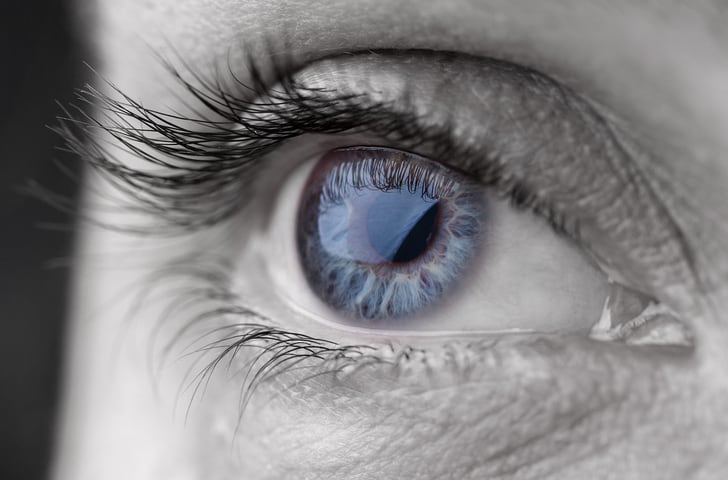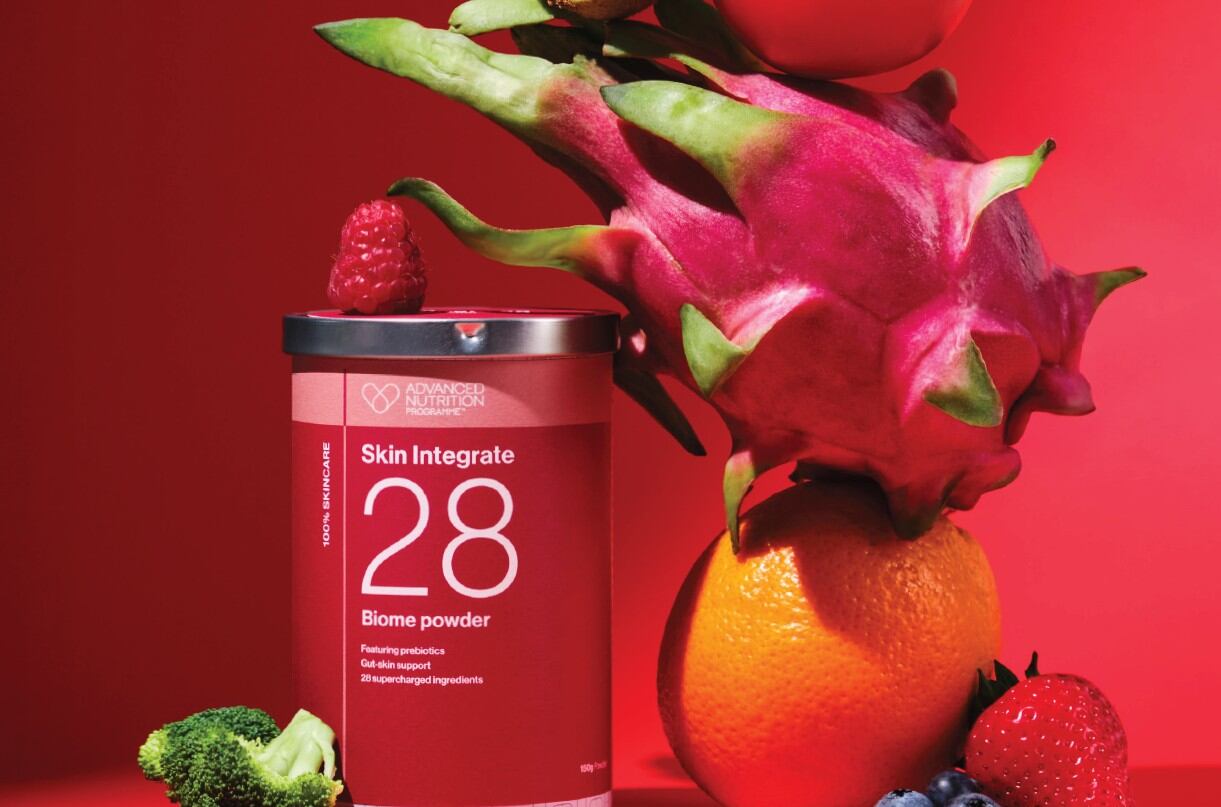Writing in the journal Nutrients, researchers in China observed antioxidant, anti-inflammatory and microbiota-modulating mechanisms, particularly from the kimchi strain, “offering novel insights into microbiome-based interventions for retinal diseases.”
Asthenopia (blue light-induced retinal dysfunction) results from chronic stress-induced damage to the visual system and causes pain, compromised visual quality and headaches.
The study noted that epidemiological data suggest that 53.3% of adolescents reported eye fatigue, 38.9% exhibited blurred vision and 34.2% experienced ocular irritation or burning sensations following prolonged digital exposure.
As these states progress, they can lead to “degenerative retinal functional alterations” with oxidative stress as a central driver.
Prolonged exposure to electronic devices induces photooxidative damage in retinal pigment epithelial (RPE) cells. RPE cells are metabolically active, consuming oxygen and making them susceptible to oxidative stress. Previous studies have indicated that blue light exposure increases reactive oxygen species (ROS) and cell death and reduces cell viability.
Gut–retina axis defenses against retinal damage
The gut–retina axis theory proposes that the microbiome influences retinal health. Short-chain fatty acids (SCFAs) play a key role in this process, and studies have suggested that they can penetrate the blood-retinal barrier and modulate retinal immune responses. Other research indicates that alterations in SCFA metabolism occurring due to gut dysbiosis exacerbate retinal inflammation and vascular dysfunction.
The researchers noted findings of significant increases in SCFA-producing taxa, which enhanced SCFA synthesis and suppressed inflammation. In addition, IOB802 and its postbiotics demonstrated a “dual protective effect” by activating antioxidant pathways and suppressing inflammatory proteins—“thereby enhancing endogenous antioxidant enzyme activity and mitigating retinal and RPE cell injury.”
“Through the gut–retina axis, this multi-targeted strategy synergistically attenuated inflammation and oxidative stress, establishing a comprehensive defense mechanism against blue light-induced retinal degeneration,” they concluded.
Study details
The study explored the protective effects of Limosilactobacillus fermentum IOB802 and Lactobacillus plantarum subsp. Plantarum IOB602 on blue-light-induced retinal injury using in vitro and in vivo methods.
The bacterial strains were obtained from traditional fermented kimchi (IOB802) and sourdough (IOB602) and inactivated to produce postbiotics.
The researchers demonstrated that both postbiotics restored cell viability, enhanced antioxidant enzyme activity and reduced inflammation in human retinal pigment epithelial cell lines exposed to blue light.
Validation of the results in a mouse model showed that IOB802 demonstrated “superior efficacy” by preserving retinal architecture, upregulating antioxidant defenses and promoting the expression of tight junction proteins.
In addition, the strain suppressed inflammation, restored microbial diversity, increased beneficial bacteria and elevated SCFAs.
“This study demonstrated that IOB802 and its postbiotics alleviated inflammation in blue light-exposed mice by modulating gut microbiota composition, enhancing SCFAs production and suppressing the NF-κB signaling pathway,” the researchers wrote.
Source: Nutrients 2025, 17(22), 3517. doi: 10.3390/nu17223517. “Limosilactobacillus fermentum IOB802 Protects Against Blue Light-Induced Retinopathy via Gut Microbiota Modulation”. Authors: C. Liu et al.




